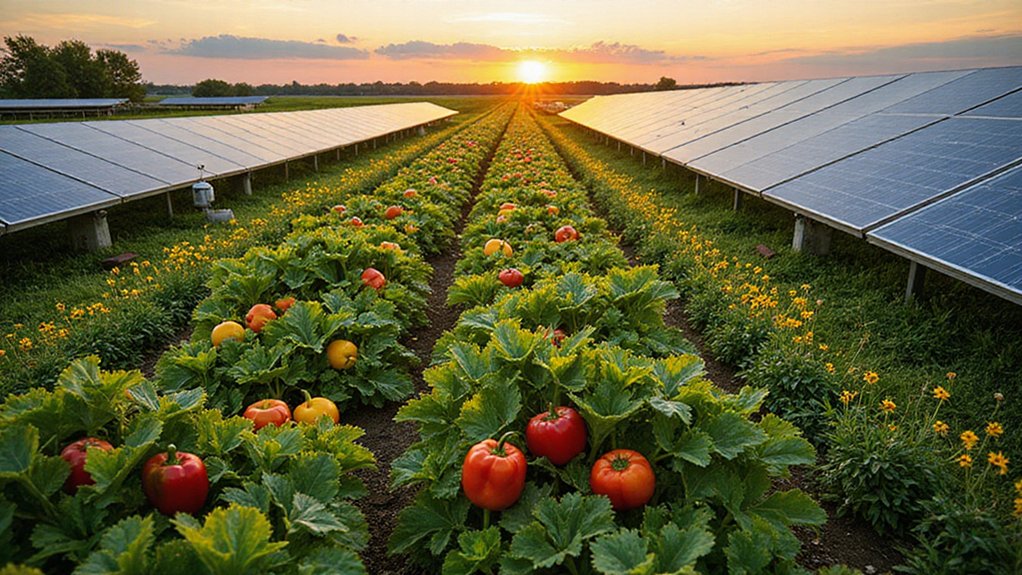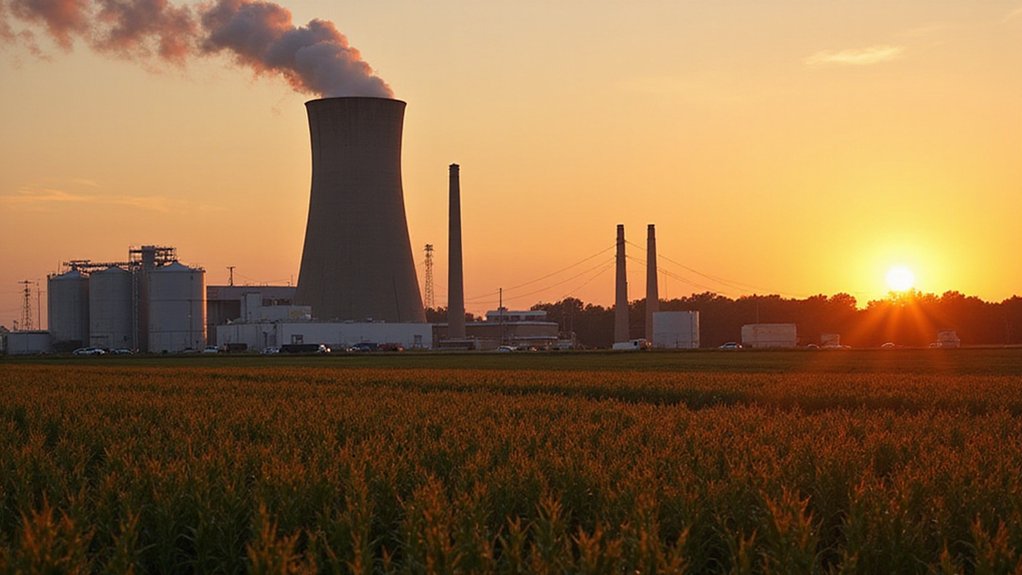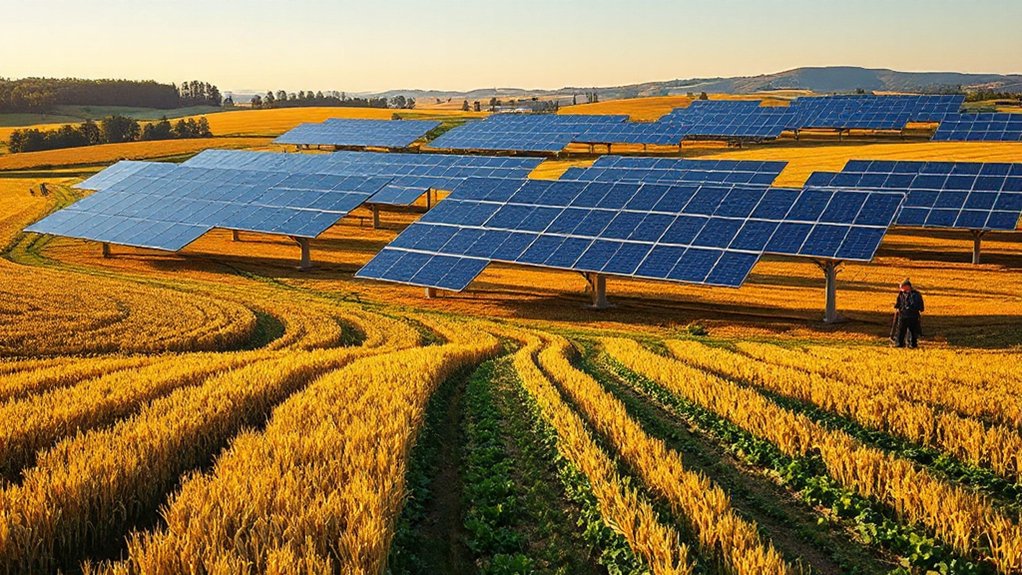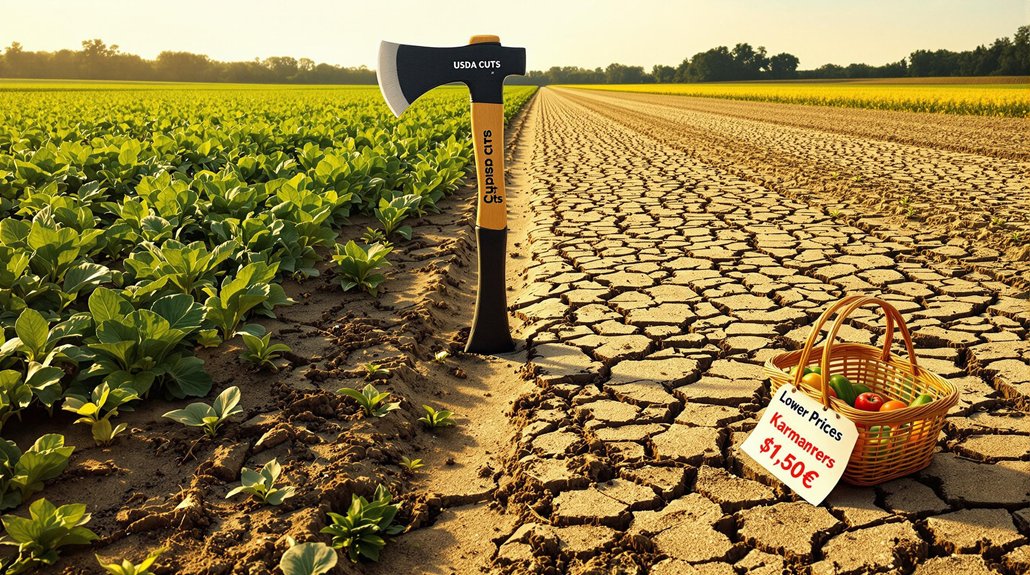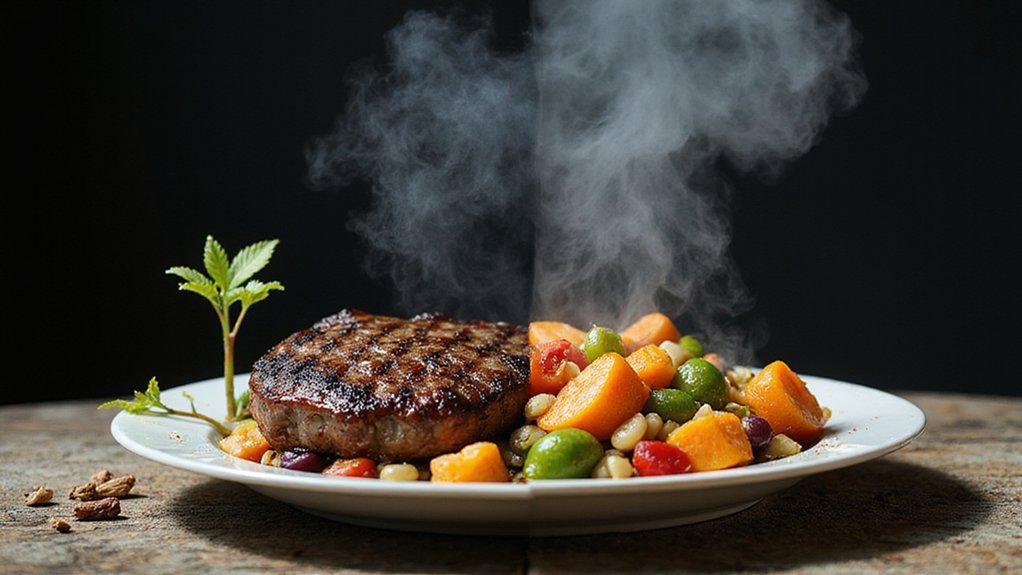A bunch of solar panels in Iowa are doing something weird. They’re growing vegetables. Not metaphorically – actual broccoli, peppers, and squash are thriving underneath 1.35 megawatts of solar infrastructure at Iowa State University. This isn’t some hippie commune experiment either. It’s a legitimate research partnership between ISU and Alliant Energy that’s making agricultural scientists rethink everything.
The 10-acre project combines fixed and tracking solar systems with what researchers call “agrivoltaics” – basically farming under solar panels. Sounds ridiculous, right? Except the first-year results are kind of blowing everyone’s minds. Summer squash and peppers didn’t just survive under the panels, they thrived. The partial shade protected them from Iowa’s brutal summer heat. Even better, Japanese beetles – those shiny green menaces that terrorize Iowa gardens – completely avoided the plants under the panels.
ISU’s multi-disciplinary team stuck environmental sensors everywhere to track microclimates. They planted everything from traditional grass to strawberries, creating different test sections across the farm. They even established pollinator habitats because apparently solar panels and bees get along just fine. The project is backed by a $1.8 million Department of Energy grant to develop standardized practices for combining energy and food production.
The Department of Energy is funding this whole operation, which means taxpayers are fundamentally paying to figure out if we can have our renewable energy cake and eat it too. The research aims to generate insights that could inform policies on renewable energy and agriculture integration nationwide. This project exemplifies how renewable energy creates sustainable practices that benefit both the environment and local economies.
The economics might actually work. U.S. agrivoltaic installations have doubled since 2020, now generating 10 gigawatts annually. That’s getting close to Europe’s 15 GW capacity. For farmers dealing with volatile commodity prices, guaranteed solar income plus crop revenue sounds pretty sweet.
The research team donated this year’s harvest to local food banks and ISU’s student pantry, which is nice and all, but the real goal is proving commercial viability.
Here’s the kicker – this could actually solve the rural solar backlash problem. Communities that hate seeing farmland turned into solar fields might warm up to the idea if the land still produces food. Alliant Energy is the first regulated investor-owned utility exploring agrivoltaics at this scale, and if their gamble pays off, expect copycats.
Turns out solar panels make decent umbrellas for vegetables. Who knew?
References
- https://www.latitudemedia.com/news/growing-crops-under-solar-panels-in-iowa-a-utility-shows-its-working/
- https://www.ppem.iastate.edu/resource/agrivoltaics
- https://www.alliantenergy.com/news/illuminate/
- https://agrivoltaics.research.iastate.edu/files/inline-files/Alliant energy ISU Agrivoltaics abstract (2024)_1.pdf
- https://www.youtube.com/watch?v=IV6ppv191ZY
